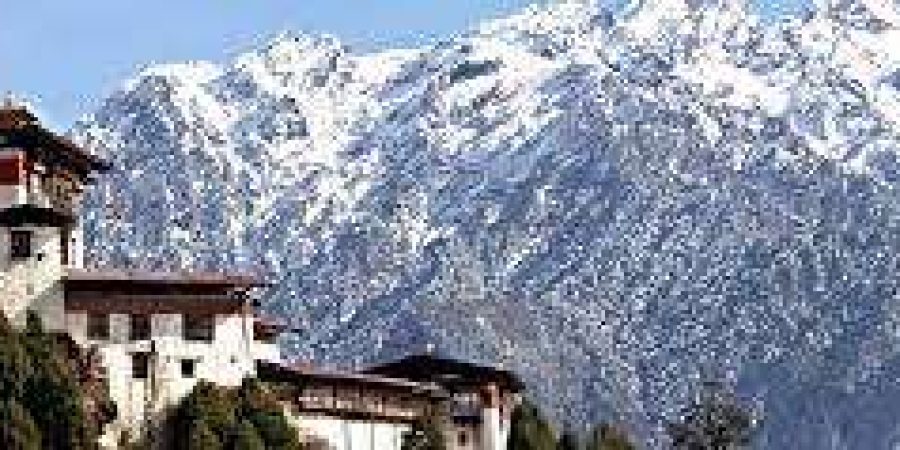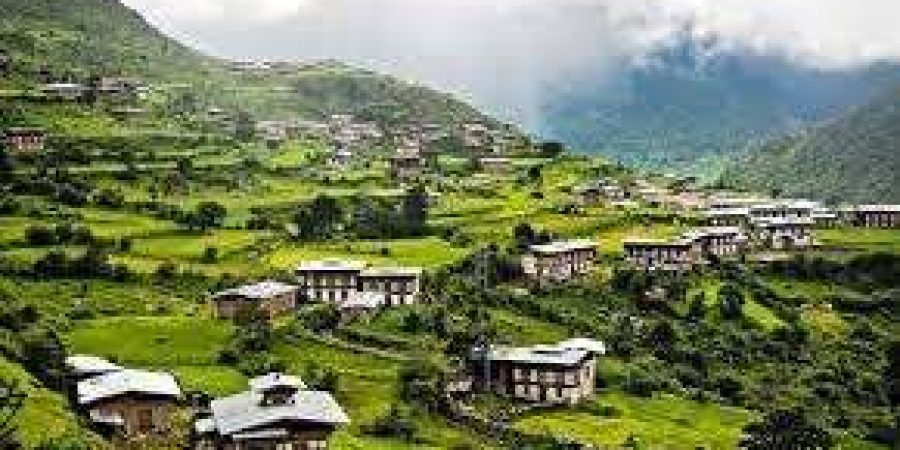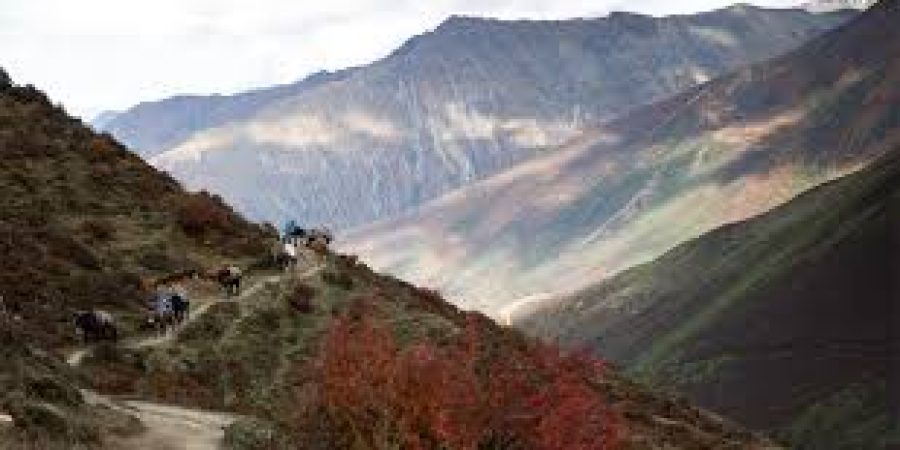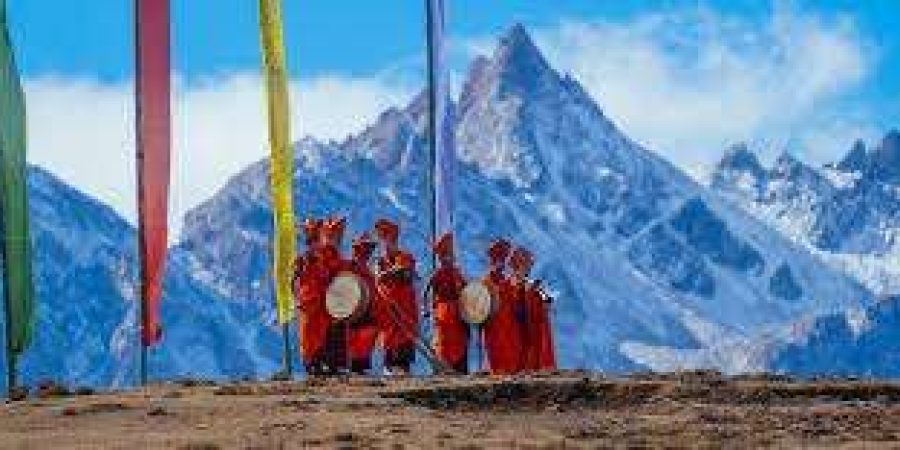Gasa District, located in the northwestern part of Bhutan, is known for its stunning natural beauty and rich cultural heritage. The district is characterized by its rugged mountainous terrain, with the towering peaks of the Great Himalayas serving as a dramatic backdrop. This remote region is sparsely populated, with small, traditional villages scattered across its vast landscapes. Gasa is home to the Jigme Dorji National Park, one of Bhutan’s largest protected areas, which boasts diverse flora and fauna, including endangered species like the snow leopard and red panda. The park’s pristine environment makes it a haven for nature enthusiasts and trekkers.
The district is also famous for its hot springs, locally known as “Gasa Tshachu,” which attract visitors seeking therapeutic relief. These hot springs are believed to have medicinal properties and are a popular destination for both locals and tourists. Gasa is steeped in Buddhist culture, with several ancient monasteries and dzongs (fortresses) that reflect the region’s spiritual significance. The Gasa Dzong, perched on a hill overlooking the valley, is a prominent landmark that dates back to the 17th century and serves as the administrative and religious center of the district.
Life in Gasa is deeply connected to traditional practices and a subsistence lifestyle. The local economy is primarily based on agriculture, animal husbandry, and small-scale trade. Due to its remote location, Gasa remains one of the least developed regions in Bhutan, which has helped preserve its unique way of life and natural environment. Efforts are being made to promote sustainable tourism in the district, aiming to provide economic benefits to the local communities while maintaining ecological and cultural integrity. Gasa’s blend of natural beauty, cultural richness, and tranquility makes it a unique destination within Bhutan.
Map
Interesting Facts
Some intriguing information about Gasa District in Bhutan :
Remote and Rugged: Gasa boasts the title of Bhutan’s highest district, nestled amidst the mighty Himalayas. With elevations soaring up to 4,500 meters, it’s a land sculpted by glaciers and carved by icy rivers.
Kingdom of Nomads: Laya and Lunana, regions within Gasa, are home to the Layaps, a community of semi-nomadic herders. Their unique lifestyle revolves around yak herding, adapting to the harsh winters and short summers.
Myth and History Collide: Gasa Dzong, the district’s capital, is a 17th-century fortress rumored to be built on a cave once used by a Tibetan saint. This architectural marvel stands as a testament to Bhutan’s rich history and spiritual connection to the land.
A Haven for Nature Enthusiasts: Gasa is an ecological wonderland. Jigme Dorji National Park encompasses most of the district, protecting a diverse tapestry of flora and fauna.
A Realm of Tranquility: With a population of only around 3,000, Gasa offers a chance to truly escape the hustle and bustle.
Attractions
No results found.





